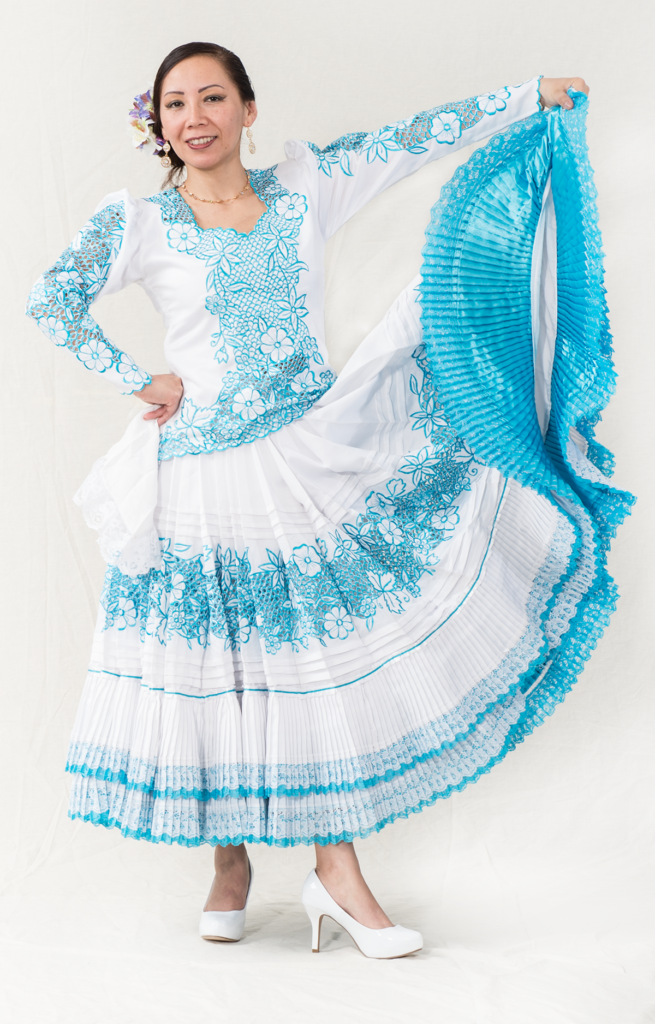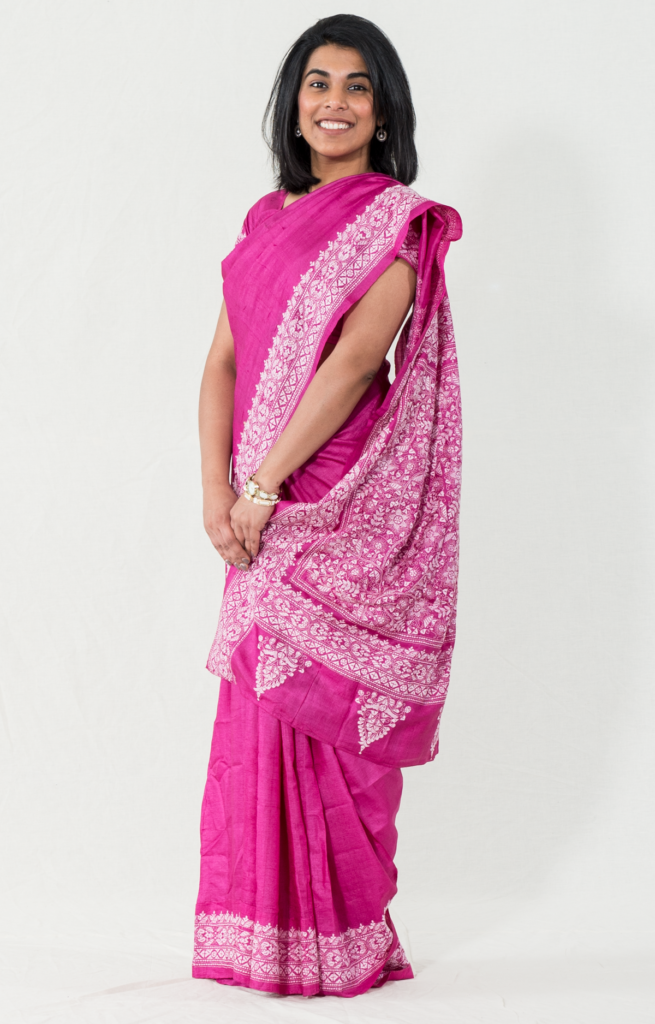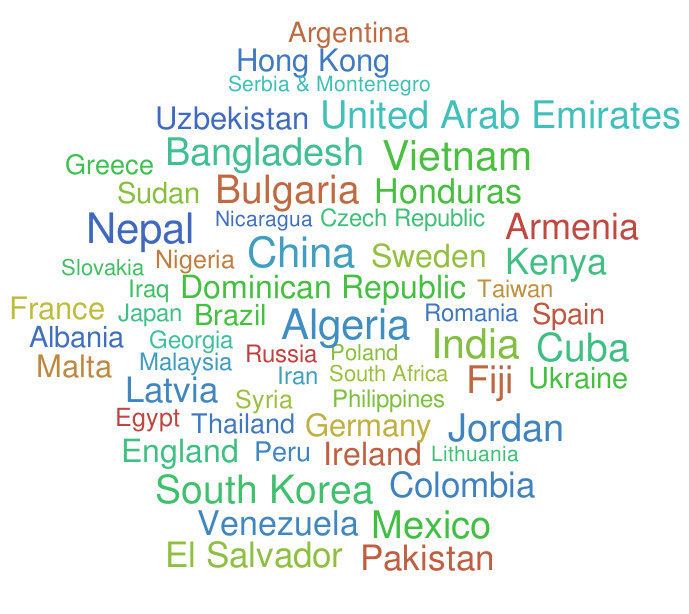By Louise Knott Ahern
It was just one of Dr. Dugoni’s crazy ideas. He laughs about it now, but that’s how Dr. Arthur A. Dugoni ’48, dean emeritus, recalls the reaction he got more than 30 years ago when he proposed that the dental school create a program for internationally educated students.
He envisioned a program in which dental professionals from other countries could advance their learning and clinical expertise while earning a degree in the United States alongside domestic DDS students. When Dugoni suggested the idea during his tenure as dean, however, some faculty and staff members expressed concerns. How much would it cost? How would professors deal with the language differences? Would the international students meet the same educational standards as domestic students?
Dugoni eventually managed to alleviate concerns, and the International Dental Studies (IDS) program was born with Dr. Robert Gartrell ’74A, former assistant dean of Community Dentistry, Continuing Education and International Dental Studies, serving as the program’s first leader in 1987. Today, the IDS program prepares to celebrate its 30th anniversary in 2017. The program currently averages 600 to 800 applicants every year for its 24 coveted spots. And our 375 IDS graduates represent more than 50 countries around the globe.
This two-year, accelerated program enrolls 24 students in July of each year. The full-time, five-day-a-week program consists of eight quarters of education. The curriculum, encompassing academic, laboratory and clinical training, takes place at the Dugoni School of Dentistry and other clinical sites in Northern California. IDS students begin clinical patient care in the second quarter and spend the greater portion of their second year in clinical practice. Graduates of the IDS program receive a doctor of dental surgery degree and are eligible to sit for any state or regional dental board exam in the country.
Dugoni couldn’t be happier about the program’s progressive success. “The entire institution is extremely proud of the IDS program,” Dugoni said. “We love our students from various parts of the world who come here. We’ve had quite a few graduates return to their countries and distinguish themselves as deans or chairman of departments, and because we were so successful at it, we became a role model for other schools starting international programs.”
Filling a Need
Dugoni served on the board of the FDI World Dental Federation, an international association of dental professionals, for numerous years. As part of his involvement with FDI, Dugoni traveled around the world—an experience that exposed him not only to the vast differences in dental training and resources, but also to a great need for sharing knowledge. “I began to realize we don’t have all the answers,” Dugoni recalled. “We’re leaders in many areas, but it struck me that there could be a two-fold benefit if we brought international dentists to our dental school. We could learn from them while they would learn from us.”
Dental school administrators also learned from University of Southern California and its Advanced Standing Program for International Students that began in the 1960s and used that knowledge to take the Dugoni School of Dentistry’s IDS program to the next level.
But there was another motivation for the IDS program, as well. Foreign-trained dentists could not—and still cannot—practice in the United States without earning a license here. Currently, that means immigrants and foreign-trained dentists who come to this country can attend and graduate from a program at an accredited dental school and sit for a license exam.
“In the state of California, even if they have had years of experience in practice, internationally-educated dentists cannot practice in the United States unless they obtain a DDS degree in this country and take board exams,” said Dr. Patricia King, assistant professor and director of the IDS program, who has been a part of the IDS team for 26 years.
“Many IDS students are aware of this when they arrive in the country,” King said. Others may not find out until they get here. Either way, the IDS program offers individuals the opportunity to receive a dental education in the United States while expanding their dental skills and knowledge.
“We’ve had people come in who have worked as dentists in their native countries for 12, 15, 17 years, and some who just graduated a couple of years ago,” King said. “IDS students are in a different social culture in the United States, and a new educational environment, thus making the learning experience a little more stressful than that of American students. There are a lot of variables IDS students must overcome. I admire them.”
Assistant Professor Roberto Masangkay ’89 remembers clearly the way he felt when he came to the Dugoni School of Dentistry from the Philippines to enroll in the first IDS class. After earning a dental degree and training at the University of the East, School of Dentistry in the Philippines, he was attracted to Dugoni School’s state-of-the-art clinical programs and educational methods. But, like many students, Masankay felt nervous walking into class the first day.
“It was a bit intimidating and almost as if I was going to school for the first time again,” said Masangkay. “I was surrounded by smart people of diverse backgrounds coming from all over the world and I thought to myself, ‘How will I compete?’ But it was great to have all this uniqueness and my fellow students were supportive. We bonded well.”
Staff and faculty members are integral to helping IDS students with the cultural differences when they arrive. There is even a course in the first quarter, led by King and Dr. Bruce Peltier, devoted entirely to helping IDS students acclimate to the Dugoni School of Dentistry.
“The program brings in other faculty and students to help the IDS students integrate into the school,” said Dean Nader Nadershahi ’94. “Our DDS students and leaders in the student body have been increasingly collaborative during the last 20 to 30 years to do more to involve IDS students in their activities and programs and make them feel welcome.”
Melting Pot
The IDS program has proven to be a benefit not only for international students, but also to the community and the Dugoni School of Dentistry at large.
“One of the greatest values is the diversity and experience the IDS students bring to the student body,” said Nadershahi. “We hear from our DDS students that they learn so much from these students who are older and have practice experience and life experiences outside the United States. It broadens the foundation for all our students.”
More than 135 languages and dialects are now spoken at the dental school. That’s an asset to patients who find it easier to communicate when seeking dental care in the Dugoni School’s community clinics and who are more likely to trust a dentist who speaks their language, according to Dr. David Nielsen ’67, retired associate dean for the IDS program.
“San Francisco is a melting pot,” Nielsen said. “We have always had patients come in who are not fluent in English. Fortunately, our students can communicate with these different ethnic and cultural groups. But at first, it raised a great deal of frustration on the part of some of the faculty members because students would be talking to patients in their native tongue, and faculty members wouldn’t be able to understand what was being said. Yet, we finally got across to them that if patients can only communicate in their native tongue, then our ability to provide that communication is an asset.”
The melting-pot atmosphere also invigorates the student body, said Dr. Sarwat Zaffer, president of the IDS Class of 2018, who received her first dental degree in India. “In our current cohort, we represent 12 different countries,” she said. “It’s interesting to see different cultures come together. There is also age diversity among the IDS students. Our youngest student is 26, and oldest is 44. It’s good to have recent graduates as well as people with years of dental experience.”
The strong science background of the IDS students has also influenced the rest of the student body. Many IDS students have already completed graduate-level research by the time they enroll at the Dugoni School of Dentistry. Their passion for science has fostered a strong push among undergraduates to become involved in faculty-led research, Nielsen said.
“The foundation in the basic sciences is very strong for our international students,” Nielsen said. “Their interests and abilities have spilled over into our undergraduate DDS program. The students on their own have started study clubs and research groups because of the international students.”
Making A Difference
“The best measure of the IDS program’s success is its students and graduates,” said Nielsen. He recalls one graduate from Laos who settled in a small community near Fresno upon graduation. “Why there?” Nielsen asked him.
The graduate, Dr. Chanh Viet ’92 IDS , told him that the area had a large Hmong population working in agriculture, and he wanted to work with people from his own culture. A few years later, Nielsen spoke with the graduate again, and he was in awe of the impact the alumnus had been able to make in the community. “Because of his familiarity with the culture and his ability to speak the language, he started a fluoride mouth rinse program in the community schools, a sealant program and an educational program amongst the population,” Nielsen said. “He raised the level of dental prevention in the community as no one else could.”
The IDS program averages 600 to 800 applicants every year for its 24 coveted spots.
The IDS program honors its diversity every year with an annual Bridge Builders event where all students, faculty and staff are invited to prepare meals from their native countries. Many also wear clothing that represents their cultures. “They open up the eyes of our young domestic students about the rest of the world,” Dugoni said. “There is a reciprocal richness.”
Though they represent a wide array of nations from around the world, most IDS graduates stay in the United States after graduation, according to King. “They pick up and come to the United States because they all want a better life. We are here to provide the education for them so they can work and provide for their families. They’re here to improve their lives.”
For Masangkay, that better life was right here. He was offered a teaching position in the school’s Department of Dental Practice upon graduation and passing the board exam, and he didn’t hesitate to accept. “It was such an honor to be asked and I could not pass up the opportunity to work with the best educators,” he said. “I have had good memories being part of this wonderful institution known for its excellent standing locally and internationally.”
Louise Knott Ahern, BA, is an award-winning journalist, fiction writer, editor and writing coach, and is the founder of LKA Publishing.

Dr. Gianina Correa Nixon from Peru 
Dr. Sarwat Zaffer from India 
Dr. Shree Shrestha from Nepal 
Dr. Bhavik Makawana from India 